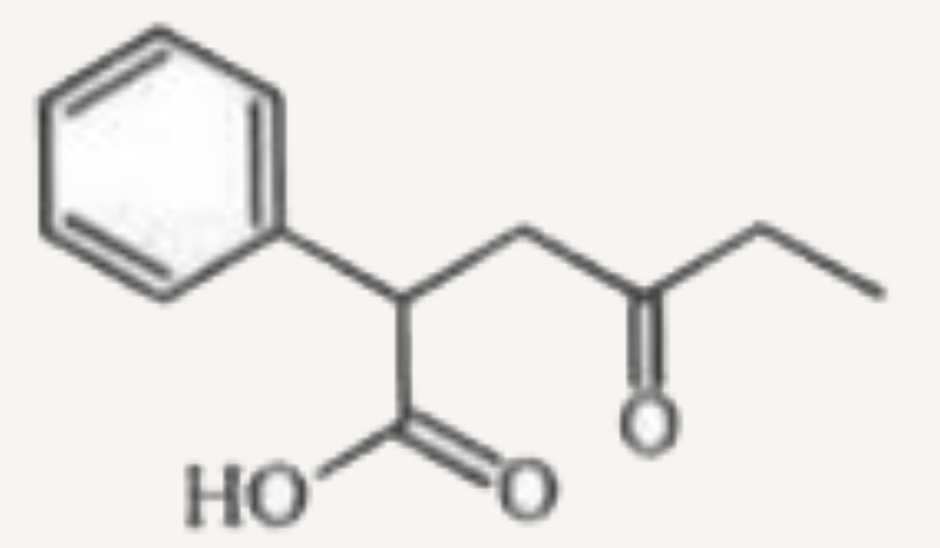Which one undergoes decarboxylation in hexose monophosphate shunt
Glucose 6-phosphate
6−gluconoγ−lac→≠
6-phosphogluconate
Fructose 6- phosphate
The correct Answer is:C
Step-by-Step Solution:
1. Understanding the Hexose Monophosphate Shunt: The hexose monophosphate shunt, also known as the pentose phosphate pathway (PPP), is a metabolic pathway parallel to glycolysis that generates NADPH and pentoses (5-carbon sugars).
2. Identifying the Process: In the PPP, glucose-6-phosphate is converted into ribulose-5-phosphate through a series of reactions. One of the key steps in this pathway involves the conversion of 6-phosphogluconate.
3. Decarboxylation Process: Decarboxylation is a chemical reaction that involves the removal of a carboxyl group (COOH) and releases carbon dioxide (CO2). In the context of the PPP, this occurs when 6-phosphogluconate is converted into ribulose-5-phosphate.
4. Key Reaction: The specific reaction that involves decarboxylation is:
6-phosphogluconate→ribulose-5-phosphate+CO2
This indicates that during the conversion of 6-phosphogluconate, carbon dioxide is released.
5. Conclusion: Based on the above analysis, the compound that undergoes decarboxylation in the hexose monophosphate shunt is 6-phosphogluconate.
Final Answer:
The compound that undergoes decarboxylation in the hexose monophosphate shunt is 6-phosphogluconate.
---
6-phosphogluconate→ribulose-5-phosphate+CO2
This indicates that during the conversion of 6-phosphogluconate, carbon dioxide is released.
The compound that undergoes decarboxylation in the hexose monophosphate shunt is 6-phosphogluconate.
Topper's Solved these Questions
- RESPIRATIONBOOK - DINESH PUBLICATION ENGLISHCHAPTER - RESPIRATIONEXERCISE - REVISION QUESTIONS FROM COMPETITIVE EXAMS.
436 Videos
- RESPIRATIONBOOK - DINESH PUBLICATION ENGLISHCHAPTER - RESPIRATIONEXERCISE - CHECK YOUR GRASP
20 Videos
- REPTILIA-CREEPING VERTEBRATESBOOK - DINESH PUBLICATION ENGLISHCHAPTER - REPTILIA-CREEPING VERTEBRATESEXERCISE - CHECK YOUR GRASP
10 Videos
- ROOTBOOK - DINESH PUBLICATION ENGLISHCHAPTER - ROOTEXERCISE - CHECK YOUR GRASP
10 Videos
Similar Questions
Knowledge Check
Which of the following carboxylic acids undergoes decarboxylation most easily on heating?
ACH3CH2COOHBCH3−O∣∣C−COOHCCH3−O∣∣C−CH2−O∣∣C−OHD
Which of the following undergoes decarboxylation most readily on being heated ?
A B
B C
C D
D
Which of the following compounds will undergo decarboxylation on heating?
A B
B C
C D
D
Which of the following undergoes decarboxylation most readily on being heated ?
View SolutionWhich of the follolwing compounds undergoes easy decarboxylation on heating ?
View SolutionExamine the structure of following compounds, and find out number of compounds that will undergo decarboxylation in presence of heat.


View SolutionWhich ketones undergo iodoform test?
View SolutionWhich ketones undergo iodoform test?
View Solution
